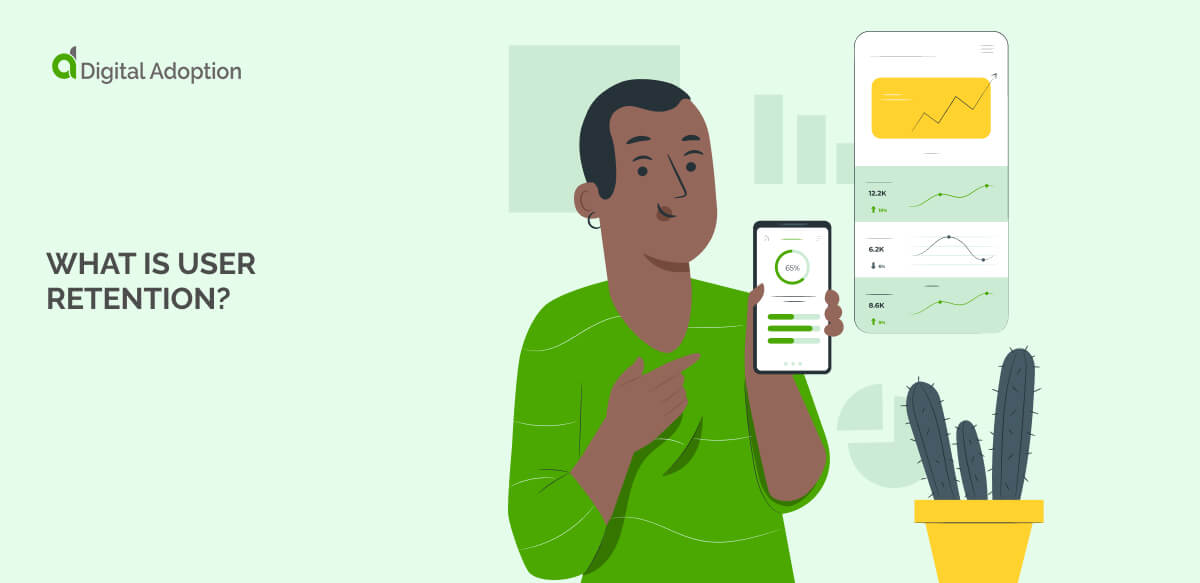Why do user retention projects fail?
User retention projects often face various challenges that hinder their success.
The below obstacles can prevent organizations from building strong, lasting relationships with their users, ultimately leading to high churn rates and reduced customer loyalty:
Lack of clear strategy or goals
Projects often fail when companies lack clear goals. Specific targets are needed to track what works and what needs fixing. A scattered approach may lead to inconsistent efforts and wasted resources.
Retention strategies need clear objectives, such as reducing churn by a certain percentage or improving engagement with a particular feature. Without these focused targets, it’s hard to prioritize initiatives or measure success, leading to ineffective retention efforts.
Poor onboarding experience
A good first experience helps keep new users. If users find your product confusing at first, they might leave before seeing its benefits.
It’s essential to create an intuitive, straightforward onboarding process that helps users quickly grasp how to use the product and why it’s beneficial. Failing to provide a smooth onboarding experience can severely impact retention from the outset.
Ignoring user feedback
Listen to what users tell you. Their feedback shows what works and what needs to change. Without this feedback, businesses may overlook common pain points or areas where users are experiencing friction, which can lead to frustration and disengagement.
If users feel their concerns are not being addressed, they may feel undervalued and look for alternatives. Continuously gathering feedback, whether through surveys, user interviews, or analyzing support tickets, is crucial to improving the product and maintaining user retention.



![13 AI Examples in Industry [2025]](https://www.digital-adoption.com/wp-content/uploads/2025/07/AI-Examples-in-Industry.jpg)

